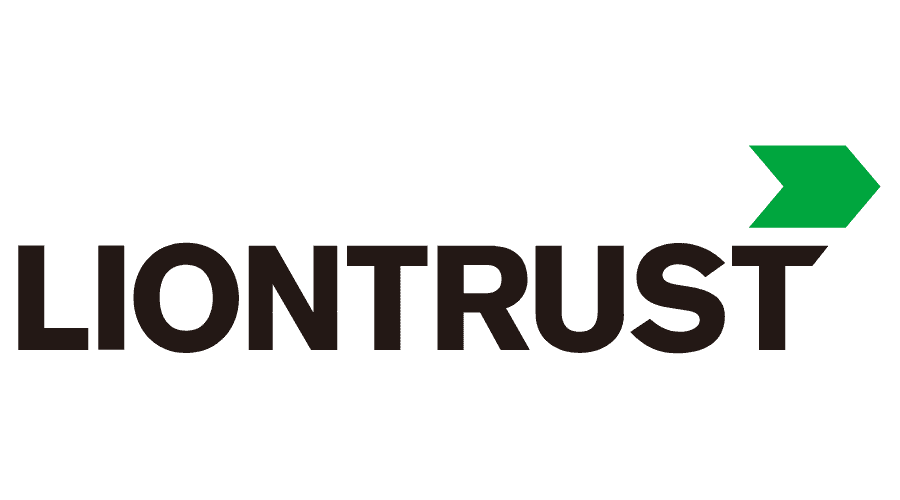Seeking diversification beyond equities and bonds has seen multi-asset investors turning to property funds to fulfil this role. Bricks and mortar’s easy-to-understand business model has obvious familiarity benefits, with many of us comfortable with the experience of owning a home, but recent years have provided ample evidence that open-ended property funds have serious shortcomings.
Beyond diversification, property can offer downside protection, benefiting from fundamentals that are resilient against broader market volatility. These include long-dated contracted cashflows via rental income and protection against inflation, with property often enjoying upward-only rent reviews linked to the Consumer or Retail Price Index (CPI or RPI).
Issues have largely come from the dichotomy between the retail market’s need for daily pricing and the liquidity profile of an illiquid asset class. A number of larger direct property funds have been forced to suspend trading as a result of heavy redemptions, leading to questions around this asset’s suitability as a retail investment.
Given high-profile issues with open-ended property funds, however, many investors are seeking replacements and we see several options that can provide similar benefits without the liquidity concerns, largely in the listed Real Asset space.
‘Real’ in this context can include tangible assets such as land, buildings, toll roads and energy generators (solar and wind farms), which derive value from their availability and usability. Many of these provide an independent and diversified return stream from equities and bonds, as well as that potential protection against inflation, capital preservation and attractive income, all characteristics that have traditionally attracted investors to property.
We access these areas, once reserved for institutional investors, via closed-ended vehicles, primarily investment trusts, which are able to own less liquid assets without the fund-flow pressures of their open-ended peers. These are operating like private equity funds, providing capital to specialist areas, and the investment trust structure, with its discount/premium model, potentially allows entry to these niche sectors at attractive valuations.
Some investors may have concerns around volatility with these vehicles and it should be noted that, as listed equities, they can sometimes have a temporarily higher correlation to broader markets, particularly in extreme conditions. In most cases, however, there is limited impairment to the assets or underlying NAVs during such periods and the income and dividend profile, and fundamentals, either remain stable or improve; as panic subsides, these assets tend to re-rate.
Last year serves as an example here; while the NAVs of our holdings mainly held up, the more volatile price action amid pandemic volatility was as expected given the nature of the vehicles we use to access these parts of the market. A longer holding period allows investors to ignore any short-term sentiment-driven noise and benefit from the many long-term advantages of Real Assets.
Looking at these alternative options in more detail, staying with property, many open-ended funds continue to have high exposure to the mainstream commercial end of this market such as offices and retail. These face structural challenges in the post-Covid environment, although this is not to say there is no commercial value left. In contrast, we believe real estate investment trusts (REITs) to be more transparent, giving greater access to and understanding of the underlying assets. This universe also allows access to more specialist areas and managers focusing on subsectors with structural growth such as healthcare, logistics and digital infrastructure.
Moving to infrastructure, a unique feature is the fact that a significant amount of revenues benefit from stable, predictable demand, making these assets more economically resilient and less affected by the business cycle. These defensive qualities are supported by long-term inflation-linked cashflow streams, which are typically government backed. Given these sectors often provide critical services, used for social or environmental purposes, they tend to enjoy accommodative government policies (through tariffs and grants) and regulation. Such accommodative policies should also continue to evolve given the government’s ambitious net zero targets and levelling up agenda.
We are currently in the midst of a once in a generation investment in infrastructure in the UK. The government’s commitment to be net zero by 2050, as demonstrated by its 10-point plan for a green industrial revolution, has the potential to deliver an estimated £42 billion of private investment by 2030 across energy, buildings, transport, innovation and the natural environment. We can get involved in this through the closed-ended world while achieving our primary objectives within multi-asset investing.
Renewables, a subsector of infrastructure, also benefit from long-term contractual cashflows. But these are a combination of government subsidies and revenues from selling electricity to power companies and the demand from the latter introduces an element of economic risk. To compensate for this, dividend yields available are often slightly higher.
All three areas of Real Assets offer the benefits of traditional ‘property’ without the liquidity mismatch and we see a strong case to hold them over the long term to bring diversification, income and potential inflation protection.

